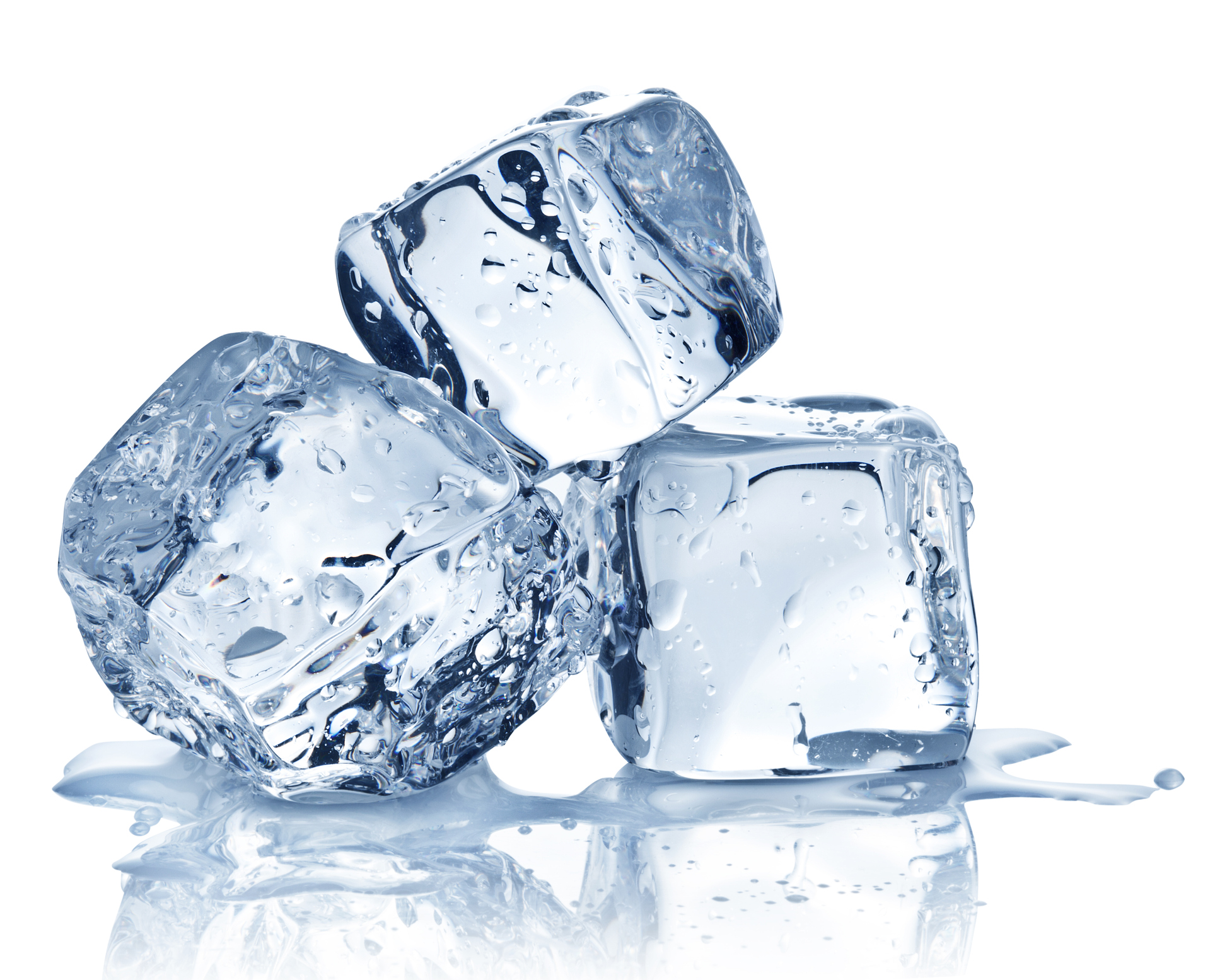Q: I know cold therapy is an option for my horse, but I’m not sure how to use it. For instance, how long should I ice my horse’s legs, when do I use hot versus cold therapy and why should I ice my horse after a workout?

A: For acute injury to soft tissues, including fascia, muscle, tendon and/or ligament tissue, ice is often the first and best treatment. Veterinarians tend to recommend ice for the first 24 to 72 hours post-injury, but times can vary depending on the location and severity of the injury. For laminitic horses the standard protocol is to ice the feet for the first 72 hours to reduce the inflammation in the hoof, which starts almost immediately after a triggering event. The faster you can halt the inflammatory response the better the horse’s chance of recovery will be.
When icing your horse, it is important to keep in mind that the treatment method needs to stay at a therapeutic level of cold long enough to reduce the temperature in the horse’s limbs. For post-workout care most veterinarians recommend 30 to 45 minutes of cooling. People sometimes wonder if the hoof will freeze if set in ice for too long, but this is not a concern. The thick hoof capsule (horny wall and sole) helps protect inner tissues of the foot. When feet start to get cold, blood can flow from the smallest arteries directly into the veins without having to pass through the smaller capillaries. The horse has developed this protective mechanism to keep his feet from freezing.
The use of hot versus cold therapy also depends on the injury. Applying ice can improve a variety of soft-tissue injuries by decreasing blood flow to the damaged area and slowing the metabolism of the surrounding tissue so it is less likely to suffer damage from swelling and constriction. Heat therapy is best for chronic pain and injuries without swelling. A general rule of thumb: Use ice for acute injuries or pain and with inflammation and swelling. Use heat for muscle pain or stiffness.
Ice and cold therapy after a workout help to reduce inflammation whether you see it or not. Heat in the tendons, ligaments and joints creates cellular damage, which can lead to tendon damage, ligament damage and arthritis in the joints. These conditions will ultimately affect your horse’s soundness.
Julie Garella is the CEO and president of MacKinnon Products LLC., manufacturer of Ice Horse cold therapy. Based in Sonoma, California, MacKinnon focuses on equine therapies that are non-perceptive and non-invasive to help make horse care easy for owners, trainers and equine professionals.











